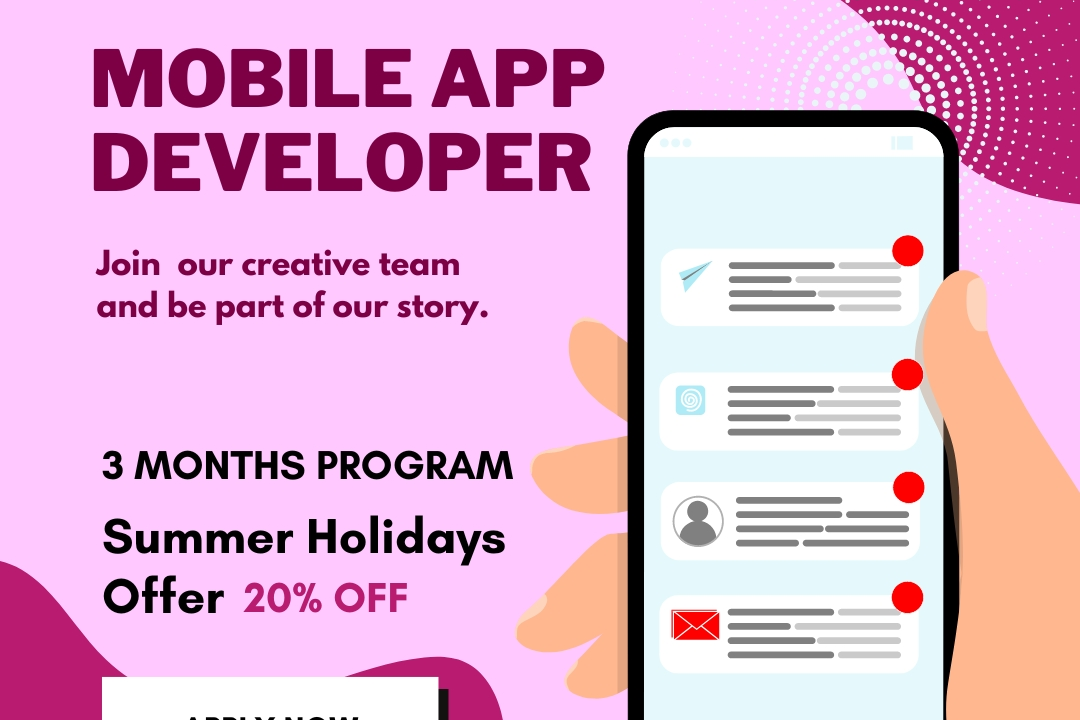Bluetooth Integration
Enhancing Connectivity: Bluetooth Integration Solutions
Bluetooth Integration
Bluetooth integration refers to the process of incorporating Bluetooth technology into various devices and applications to enable wireless communication and data exchange over short distances. This integration allows devices such as smartphones, tablets, speakers, headphones, and wearables to connect seamlessly, facilitating functions like streaming audio, transferring files, or controlling smart home devices. Bluetooth operates through radio waves in the 2.4 GHz ISM band, creating a personal area network (PAN) that supports low-power consumption and ease of pairing multiple devices. With the advent of Bluetooth Low Energy (BLE), integration has further expanded, enabling applications in health tracking, beacons for location-based services, and IoT ecosystems, enhancing user experience by offering convenience and efficiency in connectivity.
To Download Our Brochure: https://www.justacademy.co/download-brochure-for-free
Message us for more information: +91 9987184296
1 - Introduction to Bluetooth Technology: Overview of what Bluetooth is, its history, and its significance in wireless communication.
2) Bluetooth Architecture: Explanation of the components of Bluetooth, including profiles, modes, and protocols, and how they interact.
3) Bluetooth Versions: Review the evolution of Bluetooth standards (from 1.0 to the latest, like Bluetooth 5.0 and beyond) and their key enhancements.
4) Bluetooth Low Energy (BLE): Discuss the features and advantages of BLE, including its low power consumption suited for IoT devices.
5) Bluetooth Pairing Methods: Detail different pairing techniques such as Just Works, Passkey Entry, and Numeric Comparison, including use cases and security implications.
6) Development Tools and Software: Overview of popular development tools and software used for Bluetooth integration, such as SDKs and IDEs.
7) Bluetooth Profiles: Introduction to various Bluetooth profiles (e.g., A2DP, HFP, HID) and their specific use cases in different applications.
8) Hardware Integration: Discuss how to implement Bluetooth in hardware, focusing on microcontrollers and evaluation boards like Arduino and Raspberry Pi.
9) Software Development for Bluetooth: An overview of programming languages and frameworks commonly used for Bluetooth applications, such as Java, Swift, and Python.
10) Mobile App Integration: Overview of how to integrate Bluetooth functionality within mobile applications (Android and iOS) and the related APIs.
11) Security in Bluetooth Communication: Discussion on the importance of security measures, including encryption and authentication protocols in Bluetooth.
12) Real World Applications: Provide examples of Bluetooth applications in industries such as healthcare (medical devices), automotive (hands free systems), and consumer electronics (smart home devices).
13) Connecting Bluetooth Devices: Hands on training on how to connect and control Bluetooth devices, including troubleshooting common issues.
14) Bluetooth Communication Protocols: Explain the various communication protocols used with Bluetooth, such as RFCOMM and L2CAP, and their roles in data transmission.
15) Future of Bluetooth Technology: Insights into emerging trends and developments in Bluetooth technology, including mesh networks and enhancements for IoT ecosystems.
16) Project Development: Guide students through a capstone project involving Bluetooth integration, encouraging practical application of their learning.
Each point can be expanded upon to form a comprehensive training curriculum that equips students with both theoretical knowledge and practical skills.
Browse our course links : https://www.justacademy.co/all-courses
To Join our FREE DEMO Session: Click Here
Contact Us for more info:
Android Training Center
Software tester course
salesforce course free
salesforce training in jaipur
salesforce training and placement











